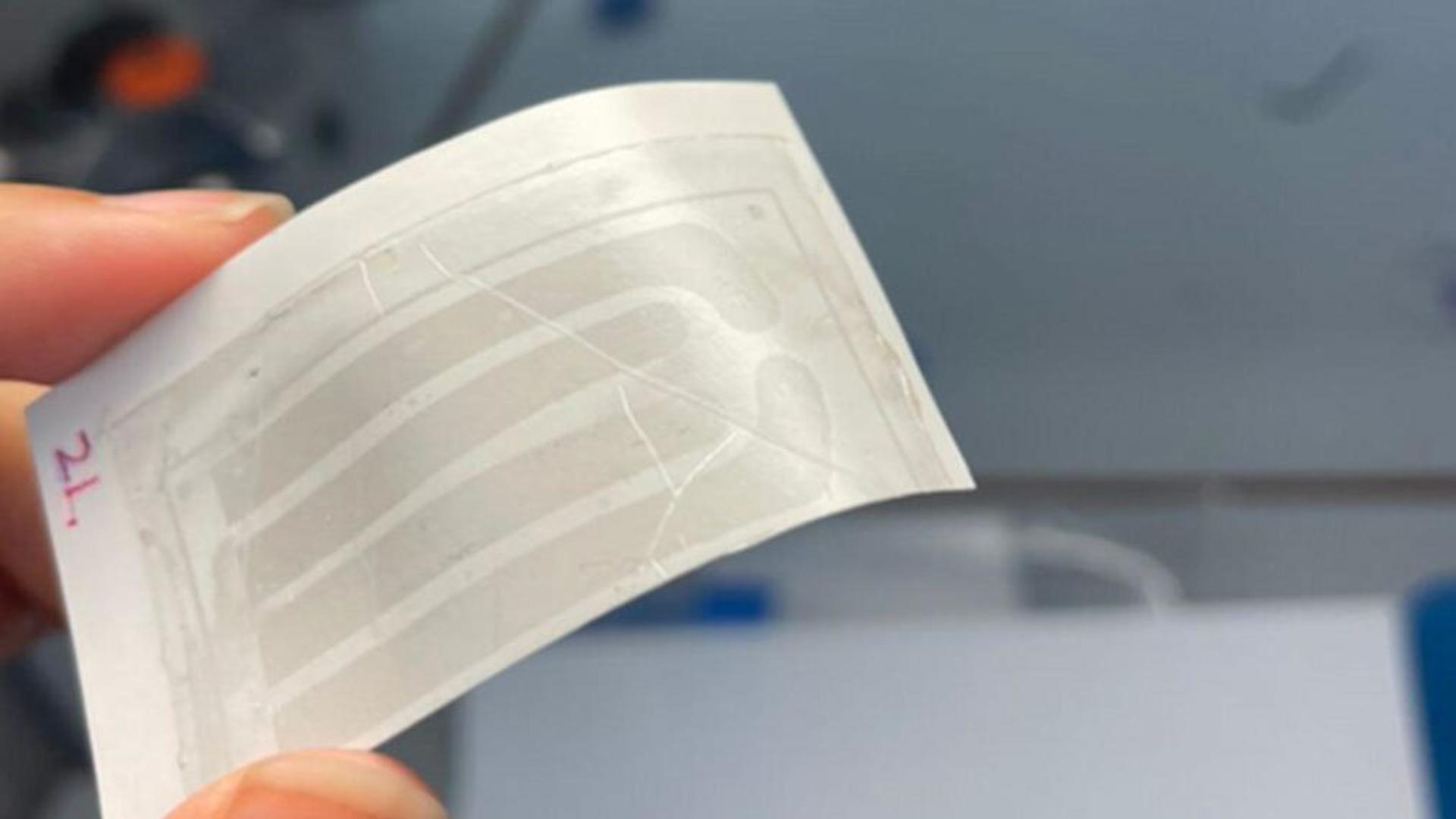
How a graphene 'tattoo' can help treat an irregular heartbeat
What's the story
Scientists from Northwestern University in Chicago and the University of Texas at Austin, have come up with what could be called a futuristic pacemaker—a medical device that helps maintain the regular rhythm of the heart. The new innovation, a graphene "tattoo," when tested on rats, could successfully treat an irregular heartbeat. Researchers hope to develop a version suitable for humans in about five years.
Context
Why does this story matter?
Heart rhythm disorders, called arrhythmias, are one of the leading causes of mortality. The newly-developed graphene-based material could serve as a suitable replacement for traditional implantable pacemakers and defibrillators. The electronic device is currently a proof-of-concept, and "there is still plenty of room for improvement" notes the study. This means it could be a while before it sees widespread use.
Detail
How do current pacemakers work?
Pacemakers stimulate the heart with electrical impulses to maintain a normal rhythm. In most of the current pacemakers, electrodes are placed on long wires and are passed through a vein inside the heart. Whenever the heart beats, roughly 100,000 times a day, the wires flex or bend. Enough flexing and the device eventually breaks, said Igor Efimov, a cardiovascular engineer at Northwestern University.
Graphene
What is graphene?
When compared to the clunky components present in electronic devices, graphene is "atomically thin," and finds several applications in the biomedical field. Graphene is a two-dimensional material, made up of a single layer of carbon atoms arranged in a honeycomb structure. "Graphene is very flexible, it's biocompatible, it's highly transparent, it's highly conductive and it's mechanically strong," said Nai-Chang Yeh, a physicist.
Information
How are graphene tattoos made?
The "tattoos" sandwich a transparent layer of graphene between layers of stretchable silicone and ultrathin polymer. Graphene is connected to wires by means of gold tape. These wires are connected to a power source, which allows electricity to pass through the device.
Testing
The graphene tattoo could correct irregular heartbeat in rats
When experimented on rats, the tattoo could correct an irregular beat by sending electric pulses that could keep the heart pumping normally, per the study. "The sub-micrometer thickness and softness of graphene" allows "seamless coupling with the cardiac tissue, yielding unique elements of soft bioelectronics that conform well to the heart without constraining or altering its normal motions," notes the research article.
Future
Future versions of the tattoos will be wireless
Future versions of the graphene tattoo will be wireless, according to Efimov. A small antenna could be used to collect electrical signals from an external device placed on an individual's chest. One day, Efimov hopes to make the graphene electrodes the size of rice grains. While the current study did not use adhesives, the "next-generation chronic implants" would need "appropriate bioadhesives."